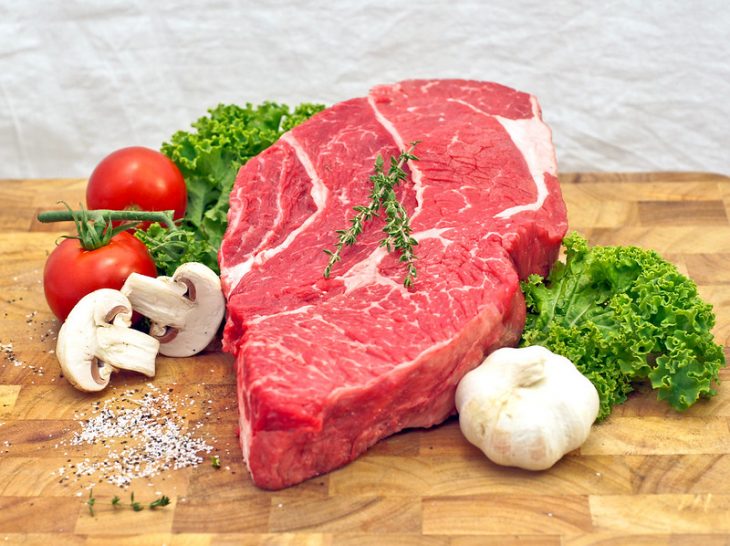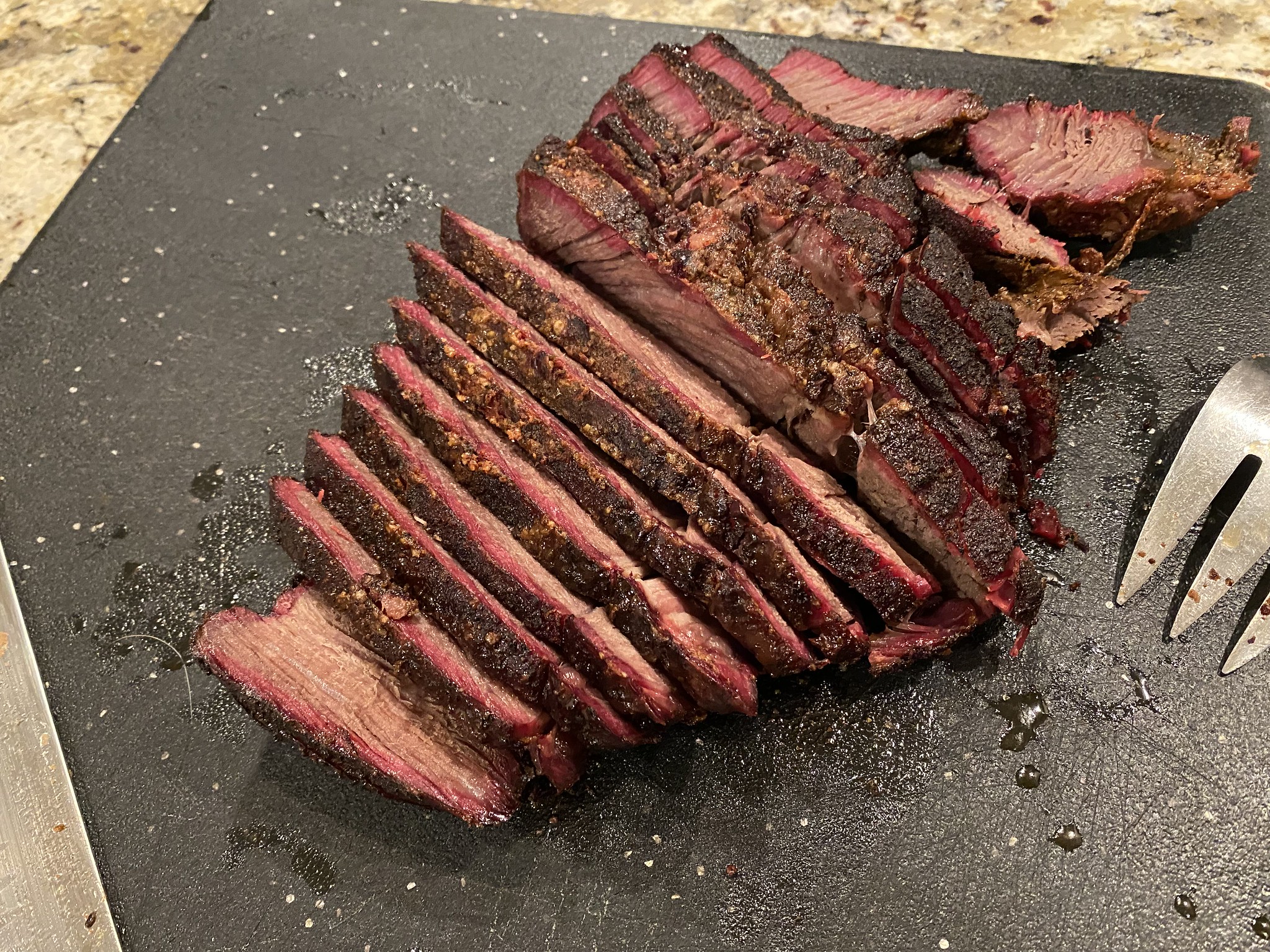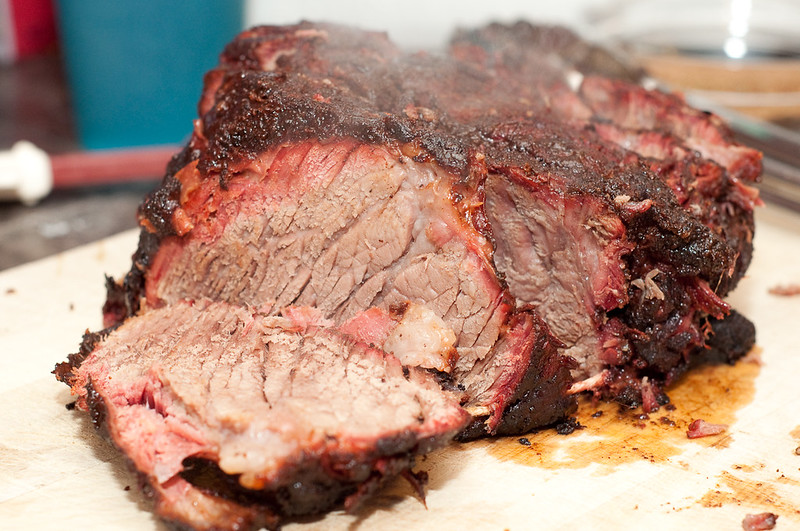
Chuck roast is a popular and versatile cut of beef that offers both delectable flavors and a range of nutritional benefits. Whether you’re a seasoned home cook or a food enthusiast looking to explore the world of beef, understanding the nutrition facts of chuck roast is essential. In this comprehensive article, we will dive into the details of chuck roast nutrition, uncovering its key nutrients, cooking methods, and health benefits. Get ready to tantalize your taste buds and learn more about the delightful world of chuck roast.
What is Chuck Roast?
Chuck roast comes from the shoulder section of a cow, known as the chuck primal cut. This flavorful and tender cut is often used for pot roasts, stews, and other slow-cooked dishes. It is known for its rich marbling, which adds succulence and enhances the overall flavor profile of the meat.
Protein
Chuck roast is a protein powerhouse, providing a substantial amount of high-quality protein per serving. Protein is essential for building and repairing tissues, supporting immune function, and maintaining overall health.
Fat
Chuck roast contains a moderate amount of fat, which contributes to its flavor and tenderness. The fat content in chuck roast consists of both saturated and unsaturated fats. While moderate consumption of healthy fats is beneficial, it’s important to be mindful of overall fat intake.

Iron-Rich Option
Chuck roast is a significant source of iron, a mineral necessary for the production of red blood cells and the oxygenation of body tissues. Adequate iron intake helps prevent iron-deficiency anemia and supports optimal energy levels.
Zinc Boost
Chuck roast contains zinc, an essential mineral that plays a key role in immune function, wound healing, and DNA synthesis. Including chuck roast in your diet can help ensure adequate zinc intake and support overall health and wellbeing.
B Vitamins
Chuck roast is a good source of B vitamins, including vitamin B12. These vitamins are crucial for energy production, brain function, and the formation of red blood cells. Incorporating chuck roast into your meals can help meet your B vitamin needs.
Slow Cooking
Chuck roast is ideal for slow cooking methods, such as braising or stewing. The long, slow cooking process allows the meat to become tender and develop rich flavors. Slow cooking also helps break down the connective tissues in the meat, resulting in a melt-in-your-mouth texture.
Roasting
Roasting chuck roast in the oven at a moderate temperature can create a succulent and flavorful dish. It’s important to use a roasting pan and a meat thermometer to ensure the roast is cooked to the desired level of doneness.
Grilling or Pan-Searing
While chuck roast is not typically the first choice for grilling due to its higher fat content, it can still be cooked on a grill or pan-seared for a delicious and charred exterior. This method works best for thinner cuts of chuck roast.
Quality Matters
Choose high-quality chuck roast from a reputable butcher or grocery store. Look for well-marbled meat with a vibrant red color.

Storage
Store raw chuck roast in the refrigerator at a temperature below 40°F (4°C). For long-term storage, consider wrapping the meat tightly in plastic wrap or placing it in an airtight container to prevent freezer burn.
Freshness
Use chuck roast within a few days of purchase for optimal freshness and flavor. If you plan to freeze the meat, do so as soon as possible after buying.
Thawing
When thawing frozen chuck roast, transfer it to the refrigerator and allow it to thaw slowly overnight. Avoid thawing at room temperature to prevent bacterial growth.
Conclusion
Chuck roast, with its rich flavors and nutritional profile, offers a delightful culinary experience with numerous health benefits. Packed with protein, vitamins, and minerals, chuck roast can be a valuable addition to a well-rounded diet. Whether you prefer slow-cooking methods or savoring the taste of a perfectly roasted chuck roast, this versatile cut of beef provides an array of culinary possibilities. So, embrace the flavors, unleash your culinary creativity, and indulge in the wholesome goodness of chuck roast.
Frequently Asked Questions (FAQs)
How many calories are in chuck roast?
The exact number of calories in chuck roast can vary depending on factors such as the cut, cooking method, and serving size. On average, a 3-ounce (85-gram) serving of chuck roast contains approximately 215-225 calories.
Is chuck roast a lean cut of beef?
While chuck roast is flavorful and tender, it is not considered a lean cut of beef. It contains a moderate amount of fat, which contributes to its taste and tenderness. If you’re looking for a leaner option, consider cuts from the sirloin or round.
Can I include chuck roast in a healthy diet?
Yes, chuck roast can be part of a healthy diet when consumed in moderation and as part of a balanced meal. Opt for leaner cuts, trim excess visible fat, and pair it with a variety of vegetables and whole grains for a well-rounded meal.
How should I season chuck roast?
Chuck roast can be seasoned with a variety of herbs, spices, and marinades to enhance its flavor. Common seasonings include salt, pepper, garlic, rosemary, thyme, and paprika. Experiment with different combinations to find your preferred flavor profile.
Can I cook chuck roast in a slow cooker?
Yes, chuck roast is an excellent choice for slow cooking methods, including cooking in a slow cooker. The low and slow cooking process helps tenderize the meat and infuse it with flavors. Follow the manufacturer’s instructions for cooking times and temperature settings.
Was this page helpful?
Our commitment to delivering trustworthy and engaging content is at the heart of what we do. Each fact on our site is contributed by real users like you, bringing a wealth of diverse insights and information. To ensure the highest standards of accuracy and reliability, our dedicated editors meticulously review each submission. This process guarantees that the facts we share are not only fascinating but also credible. Trust in our commitment to quality and authenticity as you explore and learn with us.
